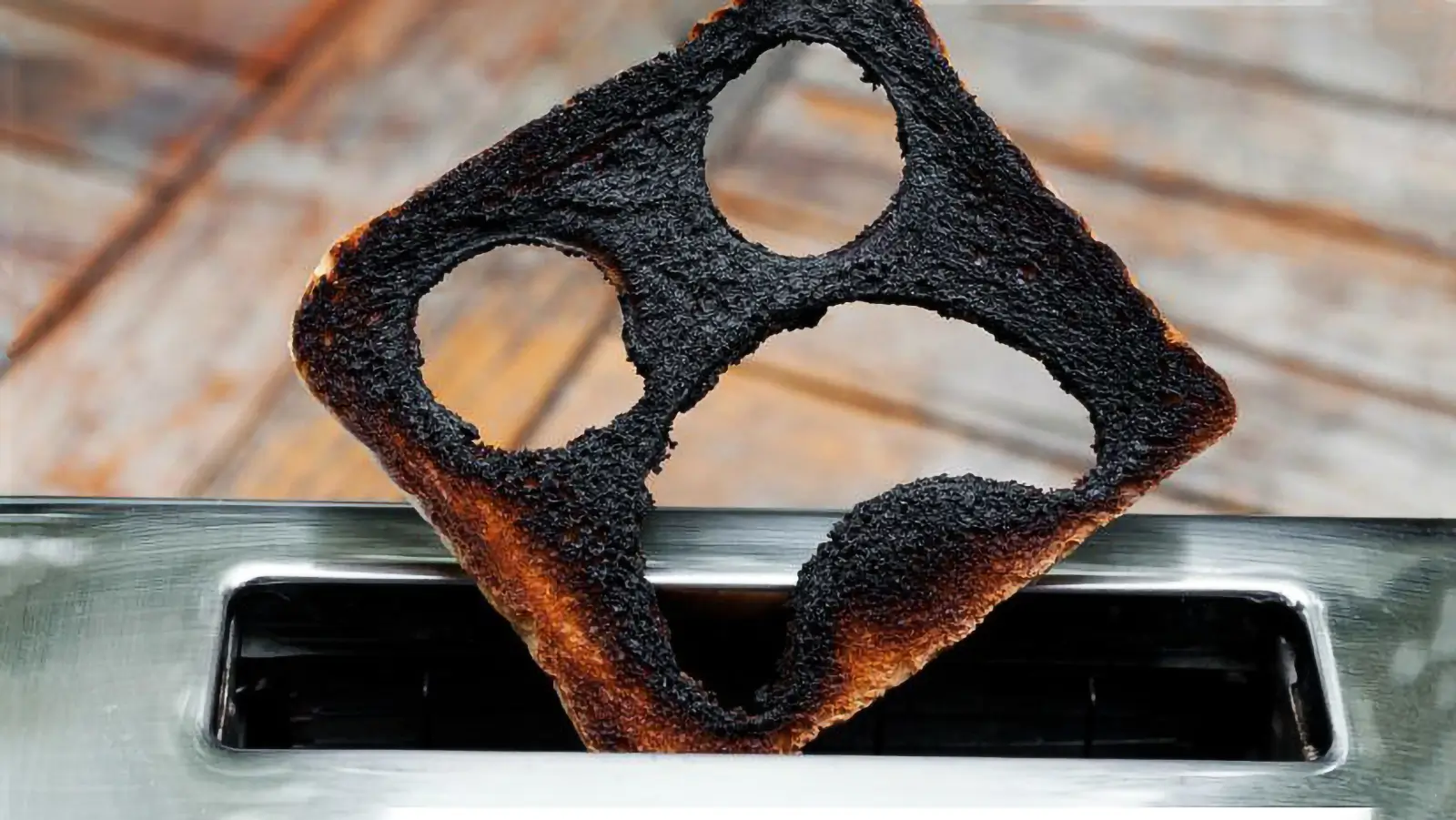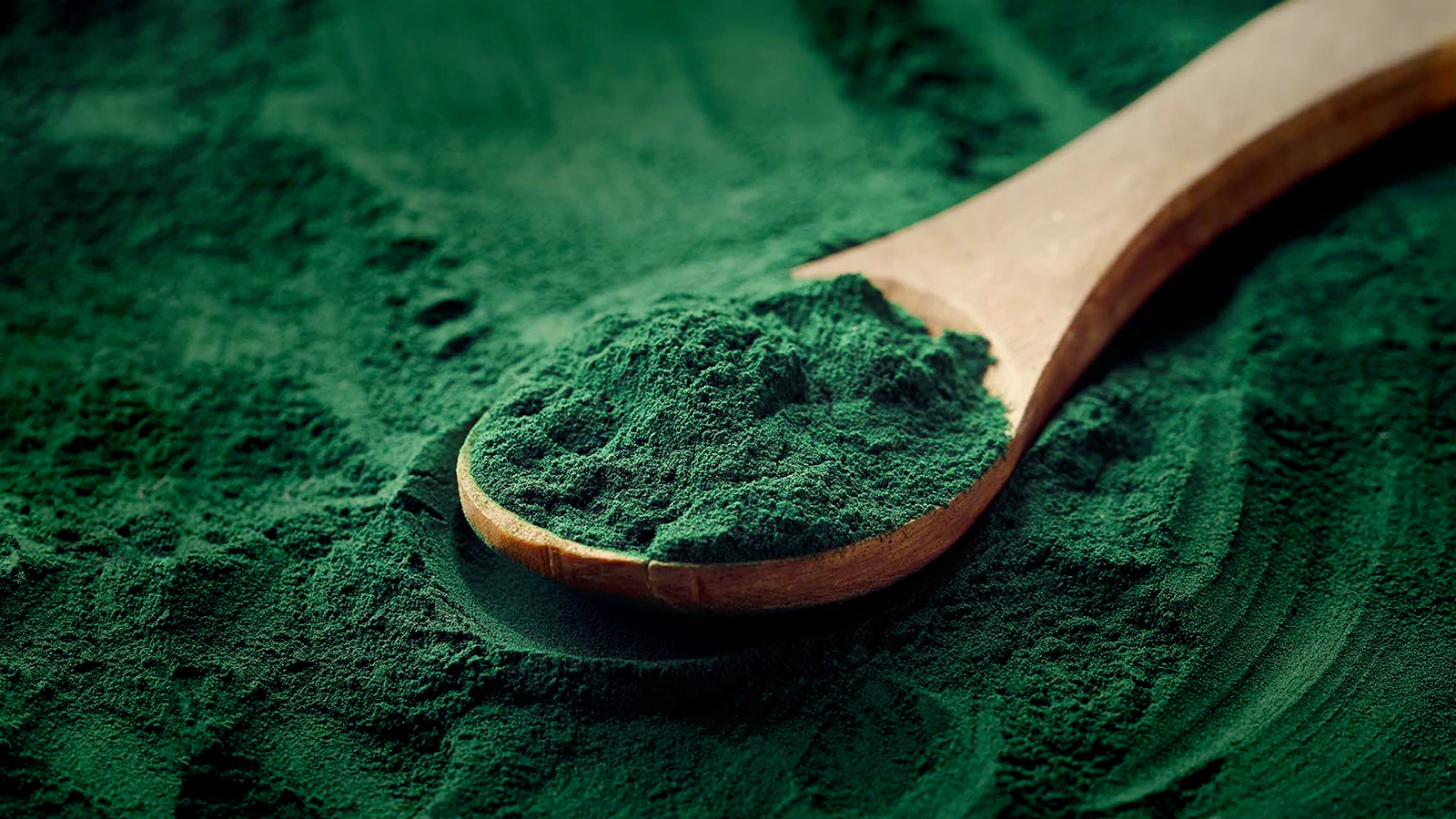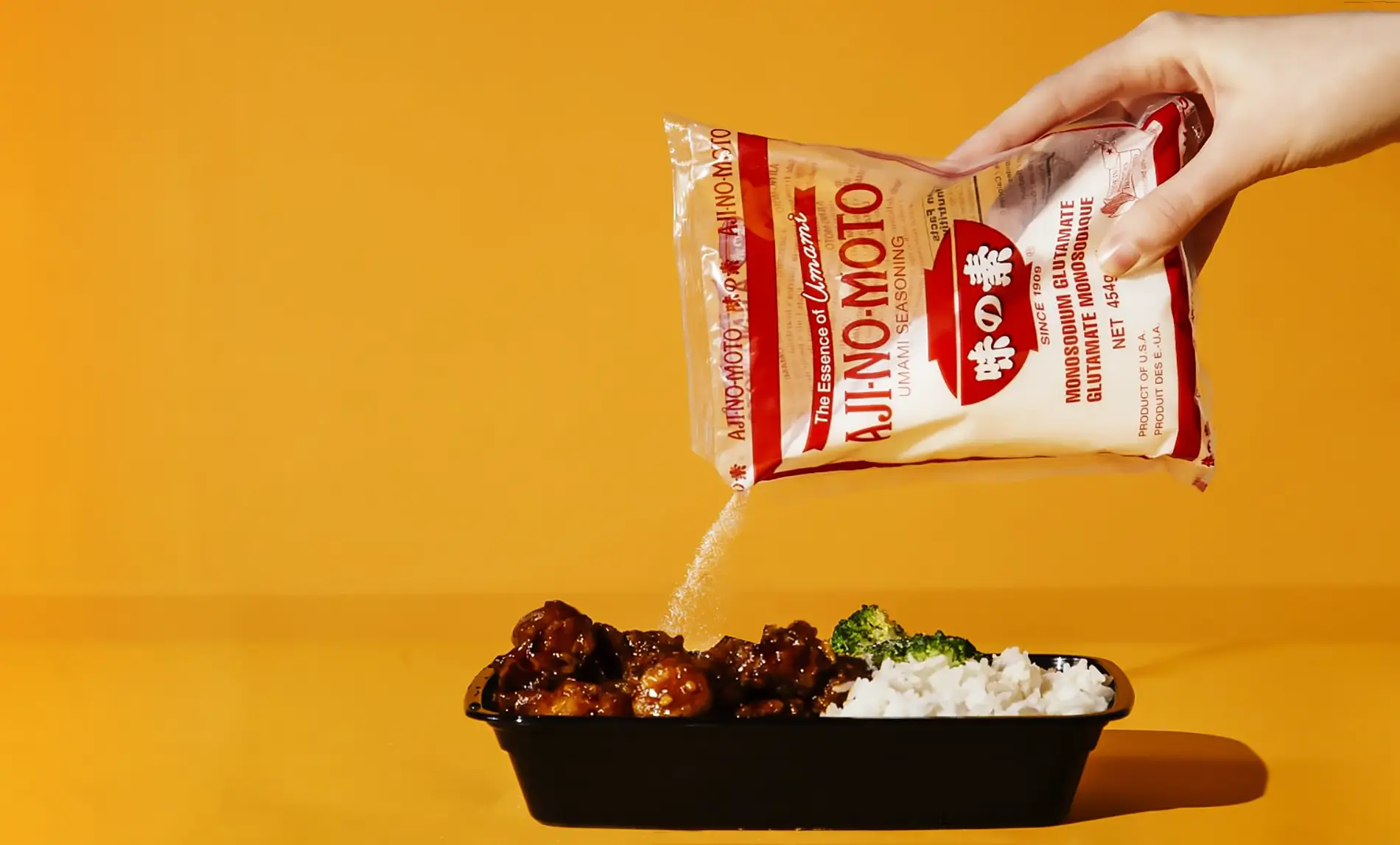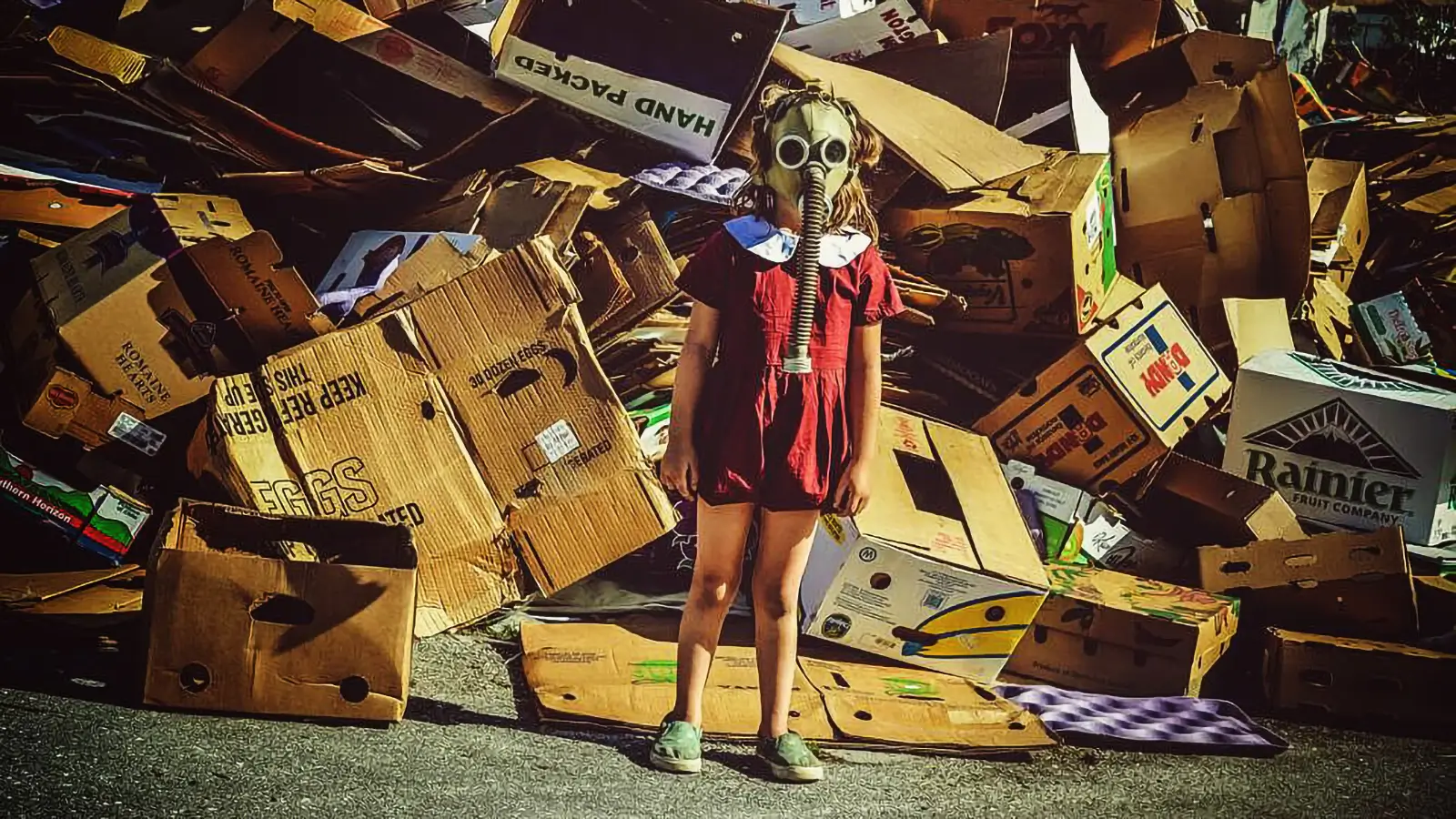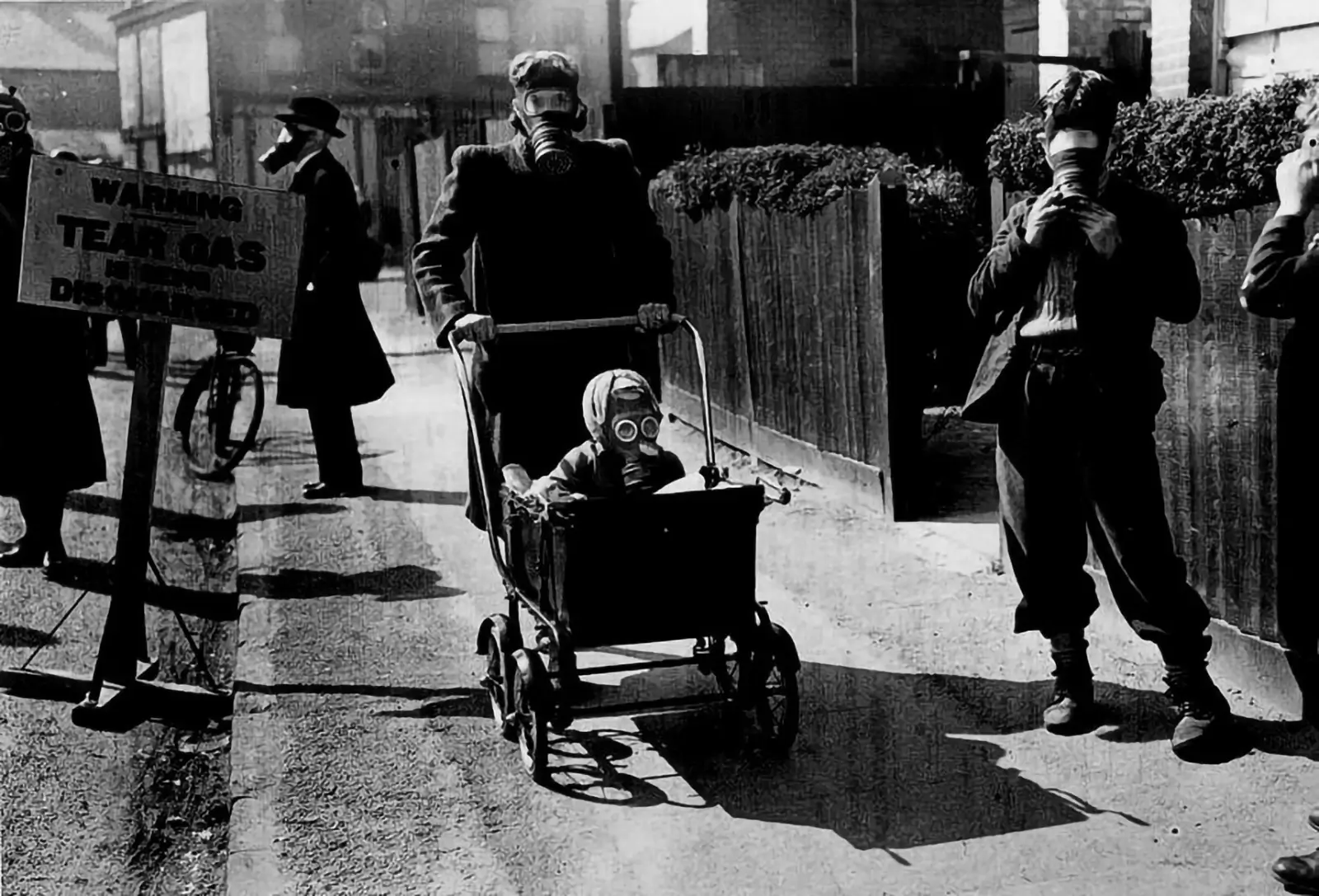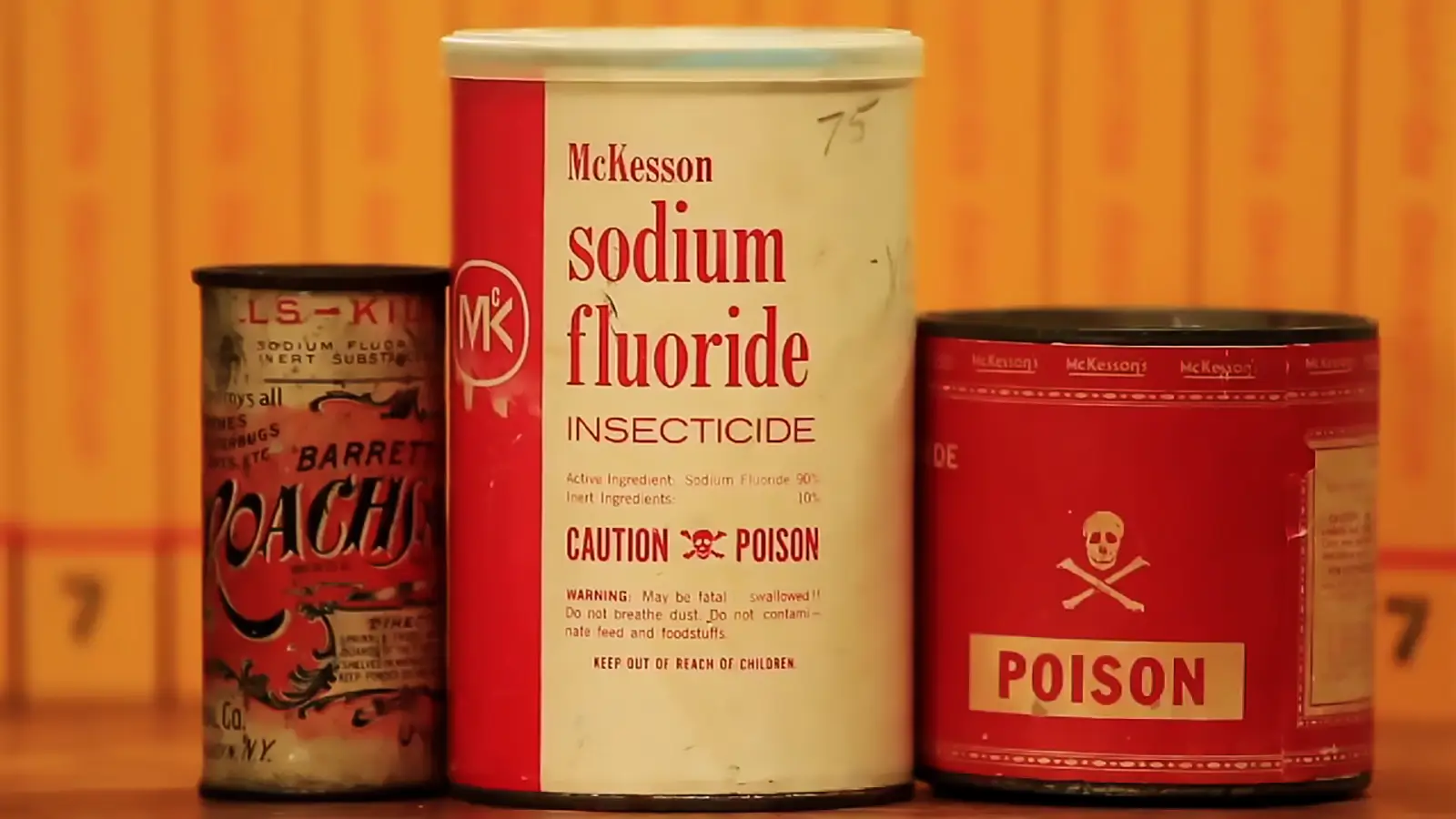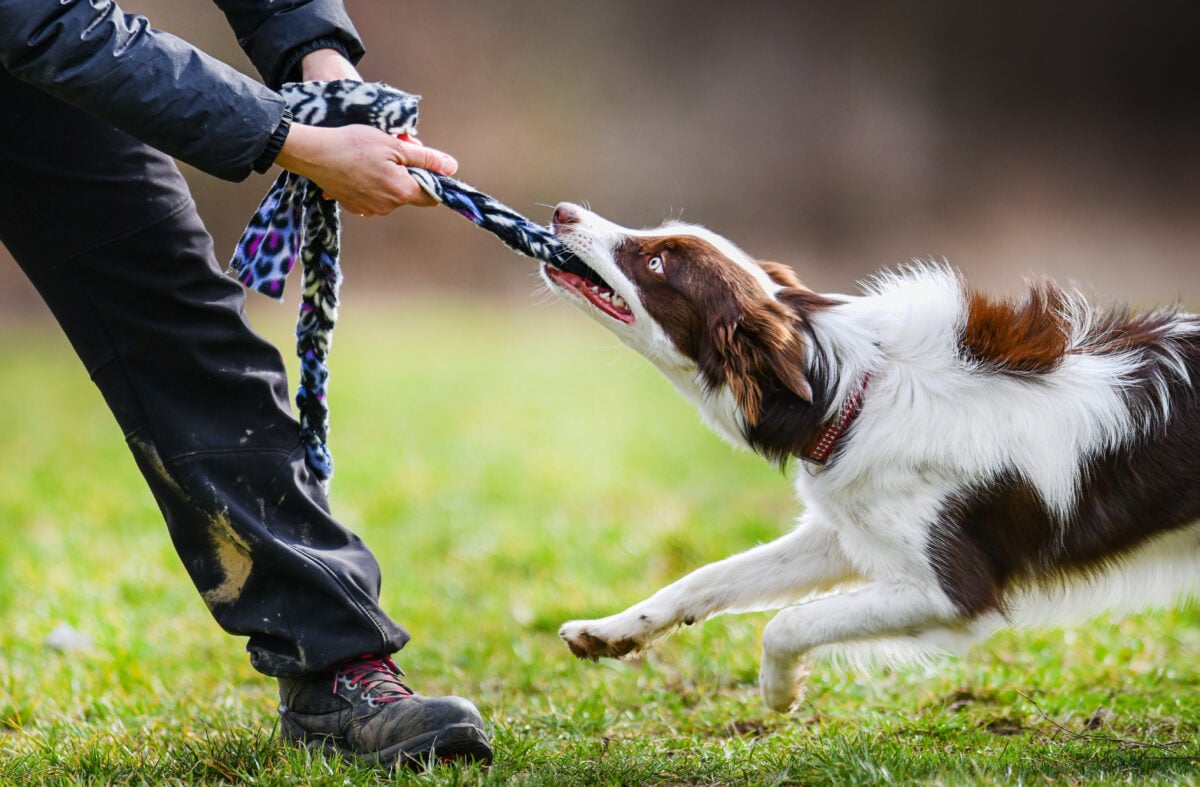Currently, there are more than 84,000 ingredients used in cosmetics. More than 12,000 of them are industrial chemicals used as cosmetic ingredients.
Milos Pokimica
Written By: Milos Pokimica
Medically Reviewed by: Dr. Xiùying Wáng, M.D.
Updated July 16, 2023There is still one more route where toxins can enter our bodies. It is not from food, water, air, or radiation. It is through our skin.
All cosmetics that we put on our skin penetrate it, get absorbed into our tissue and blood system and then enter our bodies directly. It is worse than eating it because in our digestive system there are acids in the stomach and billions of protective probiotic microorganisms that can help us to some extent.
Putting something on our skin is the same as inhaling it or shooting it directly into our veins. Actually, cosmetics toxicity exposure is worse.
If you do not want to eat it, then don’t put it on your skin.
If you are a woman and you need to dye your hair, then first put some of that ammonia dye into your mouth because that is precisely what you do when you put the dye on your head.
Many studies had been done on the possible link between hair dye use and cancer for many years, especially linked to bladder cancer, leukemia, and lymphomas. Early hair dyes contained some aromatic amines, which were found in the late 1970s to cause cancer in lab animals. Today IARC has established that workplace exposure as a hairdresser or barber is probably carcinogenic to humans.
What we know is toxic and also found in most hair dyes is:
- PPD – PPD – Para-phenylenediamine is abbreviated as PPD. It is created from coal tar, a petroleum-derived chemical that contains benzene, naphthalene, phenols, aniline, and other compounds, and is used as a dye for dark color shades. It is important to prevent skin contact. Is also used as a wood preservative. According to research, PPD and hydrogen peroxide together are extremely hazardous and can cause cancer.
- Hydrogen Peroxide – Before applying a hair dye, hydrogen peroxide is typically used to remove the natural color. It is alleged to alter the structure of the hair, making it brittle, and robbing it of its natural sheen.
- Ammonia – Ammonia is used to crack open the hair’s cuticle, or outside layer so that colors can penetrate it. It may produce caustic burns and lung irritation.
- DMDM Hydantoin –The longer DMDM Hydantoin is left on the shelf, the more slowly it releases the hazardous formaldehyde chemical. It could irritate tissue and have an impact on the immune system. In addition to being utilized in herbicides, floor waxes, polymers, color photography, latex paints, cutting oils, adhesives, copying paper, and inks, DMDM hydantoin also kills fungus, yeasts, and bacteria.
- Parabens – Methylparaben, and propylparaben are the two most widely used paraben preservatives. They are frequently found in hair care products and have the potential to cause severe reactions and skin rashes.
- Lead Acetate – The dark shade hair colors contain lead acetate as a color ingredient. It is correlated to neurological issues and anemia.
- Resorcinol – Resorcinol is a hazardous dye that can irritate the scalp and is an endocrine system allergen.
There is also a list of more than 20 different hair dye chemicals banned by the European Commission so far.
The list of 22 hair dye chemicals banned by the European Commission.
- 6-Methoxy-2,3-Pyridinediamine and its HCl salt
- 2,3-Naphthalenediol
- 2,4-Diaminodiphenylamine
- 2,6-Bis(2-Hydroxyethoxy)-3,5-Pyridinediamine
- 2-Methoxymethyl-p-Aminophenol
- 4,5-Diamino-1-Methylpyrazole and its HCl salt
- 4,5-Diamino-1-((4-Chlorophenyl)Methyl)-1H-Pyrazole Sulfate
- 4-Chloro-2-Aminophenol 4-Hydroxyindole
- 4-Methoxytoluene-2,5-Diamine and its HCl salt
- 5-Amino-4-Fluoro-2-Methylphenol Sulfate
- N,N-Diethyl-m-Aminophenol
- N,N-Dimethyl-2,6-Pyridinediamine and its HCl salt
- N-Cyclopentyl-m-Aminophenol
- N-(2-Methoxyethyl)-p-phenylenediamine and its HCl salt
- 2,4-Diamino-5-methylphenetol and its HCl salt
- 1,7-Naphthalenediol
- 3,4-Diaminobenzoic acid
- 2-Aminomethyl-p-aminophenol and its HCl salt
- Solvent Red 1 (CI 12150)
- Acid Orange 24 (CI 20170)
- Acid Red 73 (CI 27290)
Again if you do not want to eat it do not put it on your skin. It will add to overall toxic exposure even if they are not cancerogenic chemicals. Organic hair salons are popping up like mushrooms these days due to the growing toxic awareness.
What about the rest of the cosmetics toxicity exposure? In 2017 the cosmetics industry on a global scale reached $265 billion in revenue. For products that are used on a daily basis, small effects cumulating over time within large populations can be almost impossible to predict without comprehensive analysis and studies, and that is something nobody wants to invest in. There are some studies that have been done, but that is not an adequate amount.
Currently, cosmetic manufacturers have no legal obligation to report health problems with their products.
An excellent example of this is the Johnson & Johnson company which has suffered lines of costly court defeats over cases of its talcum powder inducing cancer. And many more cases are still looming. What happened was that internal memos showed that Johnson & Johnson knew about the cancer risk but still decided to misinform and represent talcum powder as an absolutely safe product.
Initially, a jury in the US state of Missouri awarded 550 million dollars in compensation to 22 women. On top of that, a jury added $4.1bn in punitive damages. So far Johnson & Johnson battles some 9,000 legal cases involving its baby powder with hundreds of more lawsuits pending. Memos revealed that decades ago their own employed toxicologists were warning the company that there is a statistically significant association between hygienic talk use and ovarian cancer. It took years but in time there were nine studies done and published in the open literature. They also warned Johnson & Johnson that if they deny this risk, the talk industry will be seen in the public eye as the same as the cigarette industry. The main argument of the victim families was that the company knew but deliberately did not present an adequate warning to customers of the risks of using the talk powder in question. The main cancerogenic substance in question was talk that can be found in many everyday household products such as body powders, cosmetics, or products designed specially for babies. The International Agency for Research on Cancer lists the perineal use of talc-containing products as possibly carcinogenic to humans. Talc, a naturally occurring mineral, can also sometimes contain a trace amount of asbestos but asbestos is cut from powders back in the 70s and it is not the culprit here, the talk is. It might be safe in the area of sweating armpit, but women traditionally put the stuff on their genitalia and the genitalia of babies too. Inhaling is also carcinogenic, and people who work with talk are at higher risk. It also raises the risk of fibroid tumors. This kind of tumor has no threat of malignancy. They are composed of muscle cells that overgrow to form a mass or knot within the uterus that is causing swelling, increased urination, and abdominal pain. By age 50 more than 80% of black women and 70% of white women have it.
Now we cannot live a life of paranoia and deprivation in fear of every product that is out there. All I can say is welcome to the real world of “being informed.” Ignorance might be the bliss down the line.
Currently, there are more than 84,000 ingredients used in cosmetics. More than 12,000 of them are industrial chemicals used as cosmetic ingredients. Some of them are reproductive toxins, known carcinogens, and endocrine disruptors.

Parabens are preservatives used in cosmetics with 75 to 90 percent of cosmetics containing them. Also, parabens are used as fragrance ingredients, but consumers will not find that listed on the label because fragrance recipes are considered trade secrets. What they do is mimic estrogen. They are one of the well-known xenoestrogens. Studies show that methylparaben used on the surface of the skin responds with a UVB spectrum of light increasing skin damage, and causing aging and DNA damage. They can be present naturally in certain foods but are metabolized when eaten. When applied to the skin they will be absorbed into the body directly into the bloodstream. Going into details about all of these chemicals is useless. Without governmental regulation, you as a consumer cannot read and understand all of the weird chemicals if they are even listed. There are a bunch of them that are known to be toxic. I will just name them and won’t go into details just so that we can have some objective views.
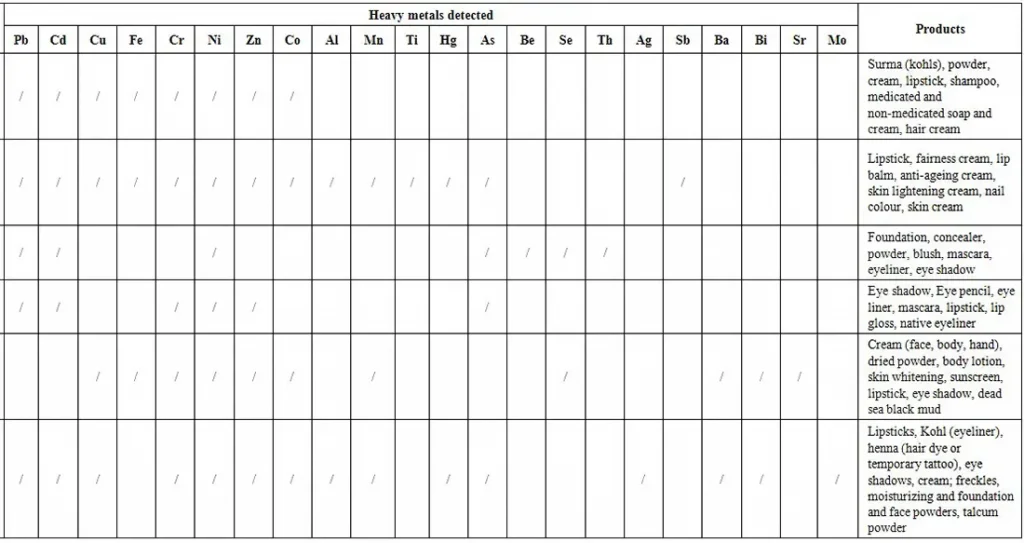
The common woman uses 12 personal care products daily and the man about 6 with each product containing a large list of chemicals. Less than 20% of these chemicals are tested for safety by industry safety panels. They just dump them to products literally. They do not have a legal obligation to test them. It would be too expensive for the industry to do double-blind clinical trials for every chemical they put in cosmetics and there are no legal obligations for them to do so. Thus we do not know what these chemicals can do.
On cosmetics labels, words like “natural”, “herbal”, and “organic” has no legal definition. That means companies can put chemicals from the laboratory and called them natural because they smell like flowers. Herbal Essences from Procter and Gamble, the number two shampoo in the US, for example, have the “essences” made from oil, and you will read this as a fragrance on the label. They add a touch of real oils from plants so that they can have a nice picture on the front and misguide you. This real natural essential oil is not what gives them a refreshing smell. Also, citric acid, a natural ingredient that is often found in citrus fruits such as oranges and lemons is there to balance the pH of the shampoo to about 5.5. Shampoos, including brands like Herbal Essences, are kept at a slightly acidic pH level. Citric acid acts as a preservative, and acidic levels are kept because hair appears shinier and lies smoother. Sodium citrate, which is also an Herbal Essences ingredient, achieves the same result as citric acid and is cheaper but they add citric acid beside it. They do that to fool you because if you think that you are smart and know what and from where citric acid is you will think that it must be “natural” shampoo.
The worst of all cosmetics on the market are skin whitening creams. They are super toxic. When for example Estee Lauder offers you a chance to help fight breast cancer they are at the same time using chemicals that are linked to cancer. The pink ribbon is so “empowering” to the woman’s cause. They all know how much real intelligence an average woman has.
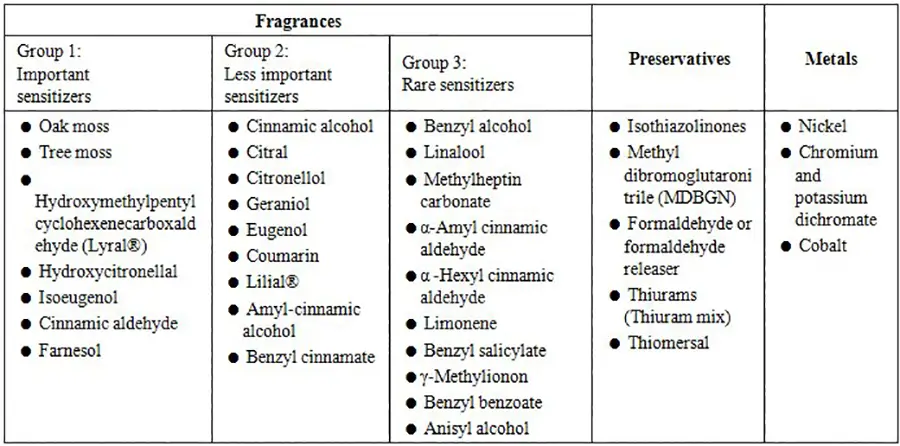
The way they get away with this is marketing and when somebody asks them why are they using these chemicals they have a defense that these chemicals are a necessity. Without them, there will not be most of the products on shelves because there isn’t any other way for manufacturing them. These products will be overly expensive, and most women will have no money to buy them, and the doses used are so small that they will have no impact on the health of the users. And yes, they know all of this even if there are no clinical trials for most of the chemicals they are using. Some of the workers get dosed all day long. Even now when there are studies that link many of these substances to diseases, there are no laws to force the industry to get rid of them.
The FDA does not assess the safety of personal care products. Since 1938 they banned 8 out of more than 12000 chemicals used in cosmetics. They do not even require all of the ingredients to be listed on the label. Cosmetic companies are self-policing, and compliance with recommendations is voluntary.
References:
Passages selected from a book: Pokimica, Milos. Go Vegan? Review of Science Part 2. Kindle ed., Amazon, 2018.
- He L, Michailidou F, Gahlon HL, Zeng W. Hair Dye Ingredients and Potential Health Risks from Exposure to Hair Dyeing. Chem Res Toxicol. 2022 Jun 20;35(6):901-915. doi: 10.1021/acs.chemrestox.1c00427. Epub 2022 Jun 6. PMID: 35666914; PMCID: PMC9214764.
- Bhagavathula AS, Bandari DK, Khan M, Shehab A. A systematic review and meta-analysis of the prevalence and complications of paraphenylenediamine-containing hair dye poisoning in developing countries. Indian J Pharmacol. 2019 Sep-Oct;51(5):302-315. doi: 10.4103/ijp.IJP_246_17. Epub 2019 Nov 26. PMID: 31831919; PMCID: PMC6892014.
- Nowak K, Ratajczak-Wrona W, Górska M, Jabłońska E. Parabens and their effects on the endocrine system. Mol Cell Endocrinol. 2018 Oct 15;474:238-251. doi: 10.1016/j.mce.2018.03.014. Epub 2018 Mar 27. PMID: 29596967.
- Al-Halaseh LK, Al-Adaileh S, Mbaideen A, Hajleh MNA, Al-Samydai A, Zakaraya ZZ, Dayyih WA. Implication of parabens in cosmetics and cosmeceuticals: Advantages and limitations. J Cosmet Dermatol. 2022 Aug;21(8):3265-3271. doi: 10.1111/jocd.14775. Epub 2022 Jan 23. PMID: 35032353.
- Nowak K, Jabłońska E, Ratajczak-Wrona W. Controversy around parabens: Alternative strategies for preservative use in cosmetics and personal care products. Environ Res. 2021 Jul;198:110488. doi: 10.1016/j.envres.2020.110488. Epub 2020 Nov 19. PMID: 33221305.
- Kim KB, Kwack SJ, Lee JY, Kacew S, Lee BM. Current opinion on risk assessment of cosmetics. J Toxicol Environ Health B Crit Rev. 2021 May 19;24(4):137-161. doi: 10.1080/10937404.2021.1907264. Epub 2021 Apr 8. PMID: 33832410.
- R, Siti Zulaikha. “Hazardous Ingredients in Cosmetics and Personal Care Products and Health Concern: A Review.” Copyright ? 2012 Scientific & Academic Publishing. All Rights Reserved., article.sapub.org/10.5923.j.phr.20150501.02.html.
Related Posts
Do you have any questions about nutrition and health?
I would love to hear from you and answer them in my next post. I appreciate your input and opinion and I look forward to hearing from you soon. I also invite you to follow us on Facebook, Instagram, and Pinterest for more diet, nutrition, and health content. You can leave a comment there and connect with other health enthusiasts, share your tips and experiences, and get support and encouragement from our team and community.
I hope that this post was informative and enjoyable for you and that you are prepared to apply the insights you learned. If you found this post helpful, please share it with your friends and family who might also benefit from it. You never know who might need some guidance and support on their health journey.
– You Might Also Like –

Learn About Nutrition
Milos Pokimica is a doctor of natural medicine, clinical nutritionist, medical health and nutrition writer, and nutritional science advisor. Author of the book series Go Vegan? Review of Science, he also operates the natural health website GoVeganWay.com
Medical Disclaimer
GoVeganWay.com brings you reviews of the latest nutrition and health-related research. The information provided represents the personal opinion of the author and is not intended nor implied to be a substitute for professional medical advice, diagnosis, or treatment. The information provided is for informational purposes only and is not intended to serve as a substitute for the consultation, diagnosis, and/or medical treatment of a qualified physician or healthcare provider.NEVER DISREGARD PROFESSIONAL MEDICAL ADVICE OR DELAY SEEKING MEDICAL TREATMENT BECAUSE OF SOMETHING YOU HAVE READ ON OR ACCESSED THROUGH GoVeganWay.com
NEVER APPLY ANY LIFESTYLE CHANGES OR ANY CHANGES AT ALL AS A CONSEQUENCE OF SOMETHING YOU HAVE READ IN GoVeganWay.com BEFORE CONSULTING LICENCED MEDICAL PRACTITIONER.
In the event of a medical emergency, call a doctor or 911 immediately. GoVeganWay.com does not recommend or endorse any specific groups, organizations, tests, physicians, products, procedures, opinions, or other information that may be mentioned inside.
Editor Picks –
Milos Pokimica is a doctor of natural medicine, clinical nutritionist, medical health and nutrition writer, and nutritional science advisor. Author of the book series Go Vegan? Review of Science, he also operates the natural health website GoVeganWay.com
Latest Articles –
Plant Based News
-
Some Dogs Can Sort Toys By Function, Says New Study On Canine ‘Label Extension’
on November 5, 2025
-
Courgette, Leek, White Bean And Kale Stew
on November 5, 2025
-
Precision Fermented Dairy Proteins Receive ‘No Questions’ Approval From FDA
on November 4, 2025
-
This One-Pan Ramen Is Ready In 30 Minutes
on November 4, 2025
-
How to Make Fresh Vanilla Hemp Milk at Home
on November 3, 2025
-
Animal Farming Is ‘World’s Biggest Cause Of Food Waste,’ Says Report
on November 3, 2025
-
Butter Bean And Sweet Papas Coconut Stew
on November 2, 2025
Top Health News — ScienceDaily
- Scientists uncover meditation’s hidden side effectson November 5, 2025
Meditation is widely praised for its mental health benefits, but new research shows that it can also produce unexpected side effects for some people—from anxiety and dissociation to functional impairment. Psychologist Nicholas Van Dam and his team found that nearly 60% of meditators experienced some kind of effect, and about a third found them distressing.
- Most Americans don’t know alcohol can cause canceron November 5, 2025
Most U.S. adults don’t realize alcohol raises cancer risk, and drinkers themselves are the least aware. Scientists say targeting these misbeliefs could significantly reduce alcohol-related cancer deaths.
- A breakthrough map reveals how the brain really workson November 5, 2025
Scientists have shown that brain connectivity patterns can predict mental functions across the entire brain. Each region has a unique “connectivity fingerprint” tied to its role in cognition, from language to memory. The strongest links were found in higher-level thinking skills that take years to develop. This work lays the groundwork for comparing healthy and disordered brains.
- A shapeshifting protein explains rabies’ deadly poweron November 5, 2025
Researchers discovered how rabies virus exerts massive control over host cells with very few genes. A key viral protein changes shape and binds RNA, allowing it to infiltrate different cellular systems. This adaptability could explain the power of other deadly viruses, including Nipah and Ebola. The breakthrough may lead to next-generation antivirals or vaccines.
- Cockroaches are secretly poisoning indoor airon November 5, 2025
Cockroach infestations don’t just bring creepy crawlers, they fill homes with allergens and bacterial toxins that can trigger asthma and allergies. NC State researchers found that larger infestations meant higher toxin levels, especially from female roaches. When extermination eliminated the pests, both allergens and endotoxins plummeted. The findings highlight how pest control is vital for cleaner, healthier air indoors.
- Scientists shocked to find E. coli spreads as fast as the swine fluon November 5, 2025
Researchers have, for the first time, estimated how quickly E. coli bacteria can spread between people — and one strain moves as fast as swine flu. Using genomic data from the UK and Norway, scientists modeled bacterial transmission rates and discovered key differences between strains. Their work offers a new way to monitor and control antibiotic-resistant bacteria in both communities and hospitals.
- Tiny molecules could stop glaucoma before it blindson November 5, 2025
Scientists at Mizzou have identified two small molecules, agmatine and thiamine, that could both reveal and fight glaucoma. Their research shows these compounds are lower in glaucoma patients, suggesting they may serve as early warning markers. Even better, they might help protect retinal cells from damage, potentially slowing or stopping vision loss. The discovery could revolutionize how the disease is detected and treated.
PubMed, #vegan-diet –
- Impact of in vitro digestion on the cytotoxicity and microbial viability of cholinesterase-inhibitor-rich vegan soups in human intestinal cell modelson November 1, 2025
Vegan lunch soups formulated with mushroom, asparagus, leek, and sea buckthorn were previously developed by our team to provide a consistent daily intake of dietary cholinesterase inhibitors. Considering the proposed continuous consumption of these functional soups, it is essential to examine any cytotoxic responses that may occur in the gastro-intestinal tract. This work starts this topic by investigating the effect of in vitro digested soups towards selected human intestinal cells and…
- A 6-Month, Prospective, Multi-arm Study for the Efficacy of Standardized Nutraceuticals to Improve Hair Fiber Thickness and Strengthon October 31, 2025
CONCLUSIONS: This study demonstrates that ingestion of these bio-specific HGNs are associated with significantly enhanced hair shaft diameter and decreased breakage, resulting in longer, stronger hair across their intended populations. These findings support the use of these HGNs for hair thinning, offering alternative options for various populations for improving hair growth and thickness.
- Consumer Acceptance of Sustainable Cat Diets: A Survey of 1380 Cat Guardianson October 29, 2025
There is increasing awareness about the adverse environmental and ‘food’ animal welfare impacts associated with the production of meat-based pet food. However, little is known about cat guardians’ acceptance of more sustainable food choices for the global population of approximately 476 million pet cats. By surveying 1380 cat guardians, this study explored feeding patterns used by guardians, determinants of their cat food choices, and their acceptance levels of more sustainable cat food…
- Consumer Acceptance of Sustainable Dog Diets: A Survey of 2639 Dog Guardianson October 29, 2025
Interest in more sustainable diets for the global population of 528 million companion dogs is steadily increasing, encompassing nutritionally sound cultivated meat, vegan, and microbial protein-based dog foods. Factors driving these alternative dog foods include lower impacts on the environment, fewer welfare problems related to intensively farmed animals and wild-caught fish, and potentially superior canine health outcomes, relative to conventional meat-based dog food. Through a […]
- Beliefs and behaviours associated with vegetarian, vegan, and gluten-free diets among Canadians capable of bearing childrenon October 29, 2025
There is increased interest in self-selected exclusionary diet patterns, specifically vegetarian, vegan, and gluten-free (GF) diets, but there is a lack of research exploring the beliefs and behaviours surrounding these diets in Canadians capable of bearing children (CCBC). The goal of this study was to explore the beliefs and behaviours of CCBC who follow vegetarian, vegan, and/or GF diets using mixed methods. A self-administered online Qualtrics™ survey containing 102 questions was […]
Random Posts –
Featured Posts –
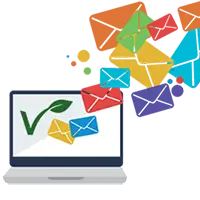
Latest from PubMed, #plant-based diet –
- Diet quality scores and incidence of cardiovascular events: A 4-year prospective study of patients in cardiology secondary care (BALANCE Program Trial)by Aline Rosignoli da Conceição on November 5, 2025
As a modifiable determinant, dietary patterns are a crucial factor in the prevention of cardiovascular disease (CVD), as they account for more than half of all CVD-related deaths and disabilities. Thus, we aimed to assess whether changes in diet quality along with six a priori-defined diet scores were associated with the incidence of cardiovascular (CV) events during four years of follow-up of secondary care cardiology patients. We conducted a secondary prospective analysis of 1,704, 1,629 […]
- Dietary animal fat disrupts gut microbiota and aggravates Scl-cGVHD after allogeneic hematopoietic stem cell transferby Danielle D Millick on November 5, 2025
Allogeneic Hematopoietic Stem Cell Transplant (allo-HCT) is an effective treatment for high-risk or relapsed acute leukemia. However, the frequent occurrence of graft-versus-host disease (GVHD) poses significant complications. Modifiable factors such as the gut microbiome and dietary regimen have the potential to influence the frequency and severity of GVHD. Previous studies in mouse models have shown a direct link between obesity and increased severity of GVHD. Analysis of human data has not…
- Dose-response effects of a mixed condensed and hydrolyzable tannin extract on methane production and diet digestibility using the in vitro gas production techniqueby Jordan M Adams on November 5, 2025
Several studies have evaluated the impact of isolated condensed or hydrolyzable tannin extract (TE) supplementation for beef cattle on methane (CH4) mitigation and metabolic functions, but fewer have evaluated their combination. Our objective was to investigate changes in in vitro fermentation dynamics, CH4 production, neutral detergent fiber digestibility (ivNDFD), and ruminal volatile fatty acid (VFA) concentrations in response to the inclusion rate of a TE blend (Silvafeed ByPro; […]
- Discovery of urinary biomarkers of kiwifruit intake in a randomized intervention studyby Zilin Xiao on November 4, 2025
CONCLUSIONS: This study identified potential biomarkers of kiwifruit and developed a prediction model that may differentiate consumers. Further validation is necessary to confirm the reliability and generalizability of our findings.
- Nourishing the Skin: A Review of Diet’s Role in Hidradenitis Suppurativaby Jordan Beam on November 4, 2025
Hidradenitis suppurativa (HS) is a complex skin condition influenced by both genetic and environmental factors. Increasing evidence points to diet as a key contributor to disease severity through systemic inflammatory pathways. A review of recent literature was conducted to evaluate the relationship between dietary patterns and advancement of HS. Pro-inflammatory diets such as the Western diet, leucine-rich diets, and brewer’s yeast were associated with HS exacerbation through mTOR activation…
- Energy balance in cyclists on plant-based diets during a 30-day, 4300-km ride across Canada: Two case studiesby Sarah A Purcell on November 3, 2025
The popularity of ultra-endurance events and plant-based diets highlights the importance of understanding the energetics of athletes with diverse dietary preferences. This study examined energy balance in two recreational cyclists on plant-based diets (male, 41 years; female, 38 years) during a 30-day cross-Canada ride. Resting energy expenditure was measured via whole-room indirect calorimetry before and after the ride. Total energy expenditure (TEE) was assessed using doubly labeled water…





